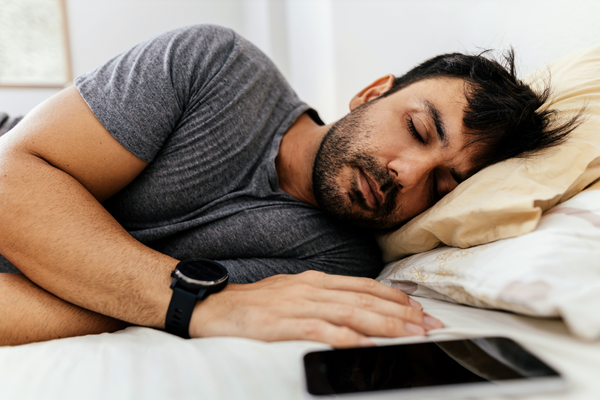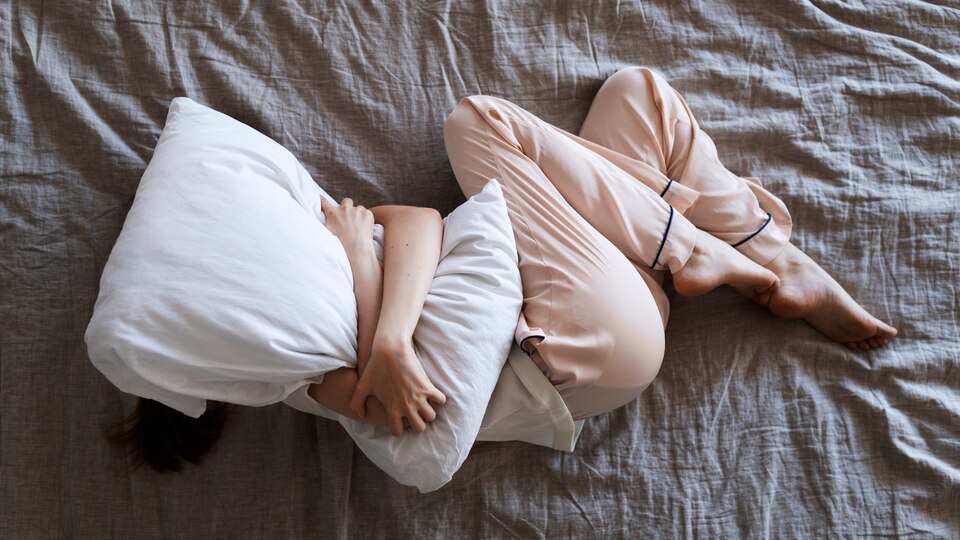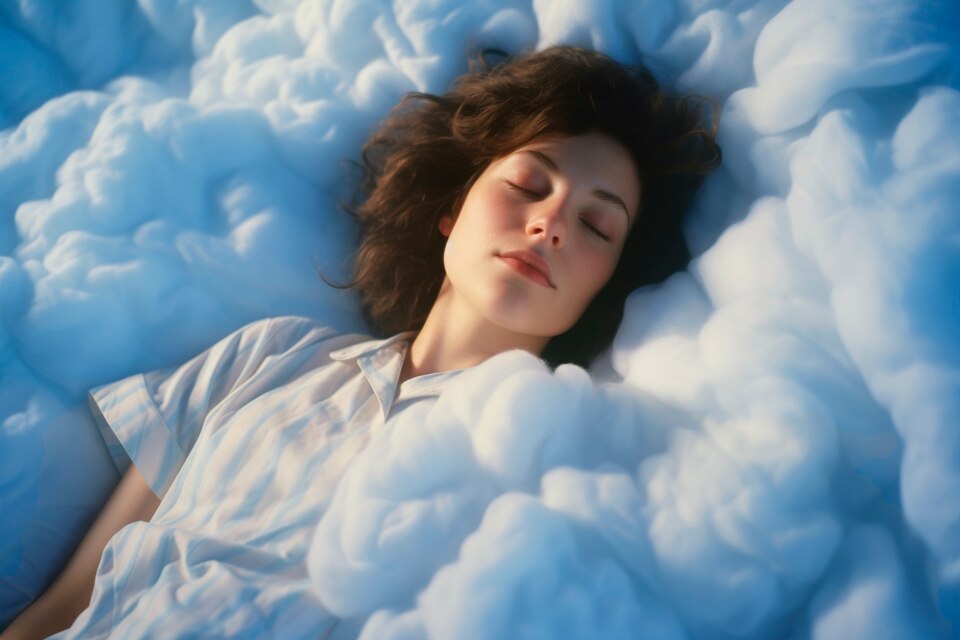Introduction
Sleep is fundamental to health and overall well-being, but sleep disorders are an increasing malaise of modern society. Categories include insomnia, sleep apneas, and restless leg syndrome: More than a million are affected negatively leading to unproductivity, emotional instability, and sometimes physical complications. Though benefits might stem from standard therapy or medications, sleep disorder technologies-the future is here. Their modern innovations include personalized solutions combined with data-driven insights for each individual to fully understand and improve personal sleep health. It is a revolution that deals with the way we were and are changing the whole paradigm at which we define and manage our sleep.
What is Sleep Tech?
Devices for sleep are high-tech things and equipment that can manage sleep, and some may even have AI capabilities for diagnosing sleep problems. Such devices include wearable gadgets, smart beds, mobile apps, and even such advanced tech features that allow an individual through understanding of their sleep, and subsequently detecting disorders early for effective management, while not careful with their sleep-affecting activities.
Notably, sleep tech is democratized and opened up as fitness wearables could be programmed to read a person’s sleep-from deep sleep-to shallow sleep-based on oxygen saturation and stress levels, for example. The same apps are now using AIs to provide customized referrals for active behavioral interventions such as relaxation, mindfulness, or breath support. Beyond monitoring and diagnosis-in contrast with the above-mentioned-sleep therapy devices like smart white noise machines and wake lamps are interventions that actually get more people into proper sleep conditions.
Does Technology Affect Sleep?
Indeed, while technology has led to much progression, its undue and improper availability affects sleep. The blue light emanating from them inhibits the production of melatonin, the hormone our body secretes to say it’s time for bed. In the long run, this causes a disruption in the circadian rhythm and can cause insomnia or delayed sleep cycles in people.
Beyond just blue light, the fact that there is now always something for people to consume digitally makes their brains more active before bed, making sleep more difficult. Giving out late-night emails, binging on TV series, and scrolling through social media for hours can push the bedtime later and lessen the sleep duration. And then, the technology addictiveness can lead to having an overstimulated mind at times increasing the stress and delaying relaxation. Though, backing it up with what tech use should mean intentionally into habits, such as having a blue light filter or a limited amount of time spent before a screen, can offset these negative influences while still allowing the person access to all that is positive within technology.
How Does Technology Affect Sleep Patterns?
Technological impacts on sleep patterns are not just influenced by the time it takes to go to sleep but also by when the sleeping device is activated. Synchronization with other factors-prior sleep and deep sleep-rem is achieved through devices that overtime inhibit moderate quality sleep. Midnight notifications or prolonged screen time contribute to worthless sleep despite adequate hours spent in bed.
The new one emerging now is that continuous screen time right on the clock of bedtime can also switch on abnormal brain activity, which brings about delayed REO sleep–the learning and emotional phase. They are awoken feeling fuzzy, grouchy, and having low concentrations. Quite interestingly, although, new smart technologies promise to such smart devices that may take care of themselves. AI will have sleep trackers that analyze the disturbances in patterns of sleep and recommend solutions like altered bedtime routine changes and improving sleep environment. Thus, individuals will use sophisticatedly disruptive technology as a solution.
Fixing Technology-Induced Sleep Challenges
- Advanced sensor technology: Microprocessors and highly sensitive sensors within the pillow allow it to capture a massive number of details, including sleep postures, respiration rate, and temperature fluctuations.
- Integrated Health Monitoring: The pillow improves sleep quality while also working as a health monitor by noting changes or signs of stress, fever, and irregular breathing patterns while snoozing.
- AI-Powered Recommendations: Based on the information that it collects; this smart pillow generates actionable insights and personalization suggestions through a connected app so that users can better optimize their sleep environment and habit.
- Eco-Friendly Design: The pillow is thus a dream gift for environment-conscious consumers apart from its vastly improved technological aspects.
Instead of being original solutions, which turn into intrusiveness or discomfort, our product makes it simple and easy to use with the newest technological features thus qualifying to be the best option for someone wanting good sleep as well as overall health improvements.
Conclusion
Indeed, sleep health and technology are increasingly delineating future wellness solutions that are equally adaptive and innovative. Sleep disorders technology paves the way not only to understand the varied complexities of sleep but also deal with disruptions caused by the new lifestyle. Technology can also inhibit the quality of sleep, yet it has found that a smart pillow, an AI-driven app, and wearables make well-balanced rest achievable. With this infrastructure, we are one step closer to an experience where all people witness the redemptive state of sleep. Healthy sleep is not a luxury anymore, but a necessity to be successful in this fast-paced world.




